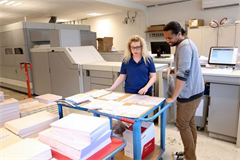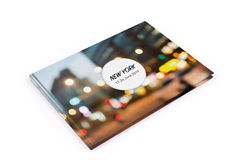What are the printing processes? This is a problem that many novices often have little knowledge of. In fact, with the development of printing technology, the printing process has become more and more abundant. Generally, “post-press” refers to the post-printing work, generally refers to the post-processing of printed matter including glue (laminating), UV, oil, beer, bronzing, embossing, mounting, binding, cutting, etc. For promotional and packaging printed matter. Below is a list of ten commonly used post-printing processes for everyone, just for your preliminary understanding and understanding.
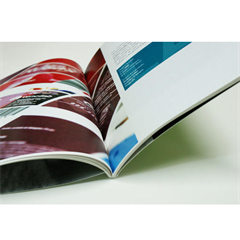
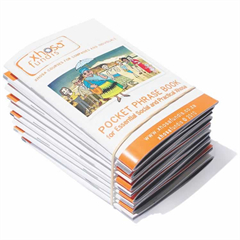
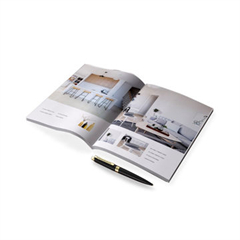
Hot stamping/hot silver
The scientific name is hot press transfer printing, or hot transfer printing for short, commonly known as bronzing and silver bronzing. It is a method of hot stamping the metal foil on the printed matter with the help of a certain pressure and temperature, and there is also a cold pad printing. Hot stamping features: it has metallic luster and magnificence, which makes the printed picture have a strong contrast.
Scope of application: suitable for very prominent text or logo, mostly used for samples, greeting cards, invitations, wall calendars, desk calendars, etc. Note: It can be more pronounced with the embossing or embossing process; in addition to gold and silver, the colors that can be used include color gold, laser light, and spot colors.
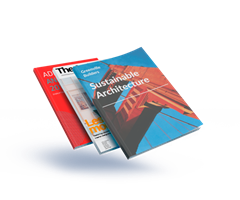
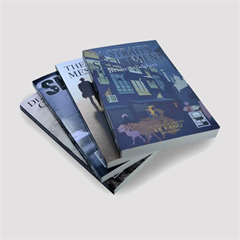

UV coating
It is ultraviolet glazing, and UV is abbreviation, which means that the ink can be dried and cured by ultraviolet radiation. UV is usually a silk screen printing process, and now there is also offset printing UV. Definition: a special process for curing the UV photoresist on the surface of the printed product in full or partially. Features: A variety of artistic special effects can be presented on the surface of the printed matter to make the printed matter more exquisite. Type: thick UV, frosted UV, colorful UV, glass beads, sprinkled colorful powder, etc. Scope of application: book mounting, envelopes, covers, desk calendars, high-end packaging, handbags, etc. Note: If you use UV on the film, you need to use a special UV film, otherwise the UV is easy to fall off, its bubbles, open glue and other phenomena. It is better to cooperate with special processes such as bumping and bronzing.
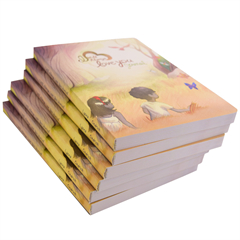
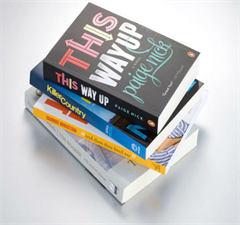
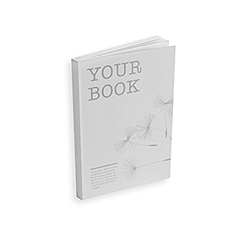
Embossing/debossing/embossing
The scientific name is imprinting. It is a process of forming patterns by partial changes of the substrate by pressure. After the metal plate is corroded, it becomes a pressing plate and a base plate for pressing. Divided into two kinds of cheap ordinary corroded version and expensive laser embossed version.
From convex
Definition: Using a convex template (male template) to emboss a three-dimensional relief-like pattern on the surface of the printed matter through pressure (the printed matter is partially raised to make it three-dimensional and cause visual impact.) It is called convex;
Features: can increase the three-dimensional feeling
Scope of application: suitable for paper of more than 200g, high-weight special paper with obvious sense of mechanism
Note: The effect is better with hot stamping, local UV and other processes
Depressed
Definition: Use the concave template (female template) to impress the surface of the printed matter into a depression-like relief pattern (the printed matter is partially recessed to make it three-dimensional and cause visual impact.) It is called indentation.
Features: can increase the three-dimensional feeling
Scope of application: suitable for paper of more than 200g, high-weight special paper with obvious sense of mechanism
Note: It is better to cooperate with hot stamping, local UV and other processes. If the concave template is heated and applied to the special hot melt paper, an extraordinary artistic effect will be obtained.
Embossing
Definition: The metal roller with engraved lines is pressurized to leave a full-page texture on the surface of the paper
Features: Use ordinary art paper to achieve the effect of special textured paper, with strong decoration and unique style.
Types: fantasy stone, beadwork, coarse cloth pattern, fine cloth pattern, crescent pattern, sand pattern, felt pattern, leather pattern, pear pattern, color xuan pattern, stripe, gold silk pattern, Laine pattern, pottery pattern, woven pattern, gold leaf Patterns, bamboo silk patterns, etc., are numerous and limited in space. The above-mentioned are commonly used textures.
Scope of application: book mounting, envelopes, covers, desk calendars, high-end packaging, handbags, etc.
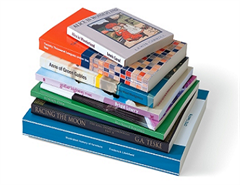
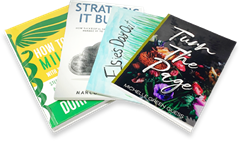

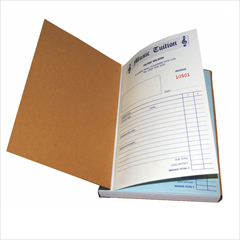
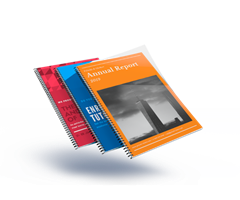
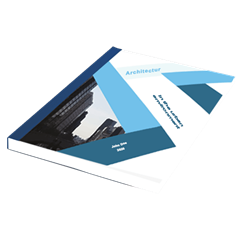
Die cutting
Also called beer, Guangdong is pronounced “turtle”, which means die cutting. The die-cutting process is a forming process in which a special die-cutting knife is made according to the design requirements of the printed matter, and then the printed matter or other substrates are rolled into the required shape or cut under the action of pressure. Definition: A process in which steel knives and steel wires are arranged into a template, and the printed matter is processed into the required shape under pressure. Features: Abnormal shapes can be produced and expressiveness can be enhanced. Scope of application: It is suitable for products that use more than 157g of paper as raw materials, such as stickers, trademarks, gift boxes, related printed artworks, etc.Note: Try to avoid patterns and lines that are close to the pawing line, as it is easy to exaggerate the cutting error
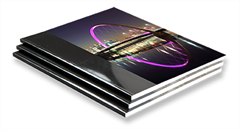
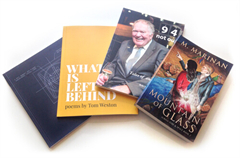
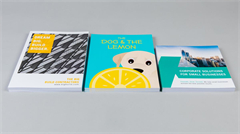
Glitter
It is to pass a layer of glue on the paper, and then sprinkle gold powder on the glue.
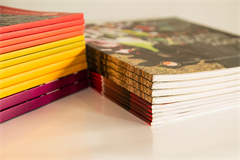
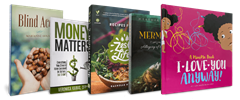
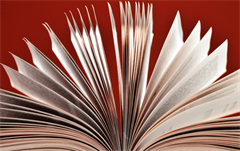
YO
It is an object like a spring, mostly plastic, which is generally used on the spine of wall calendars and notebooks, and used for page turning.
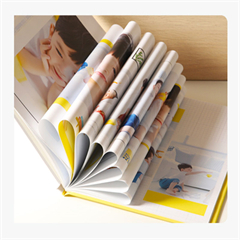
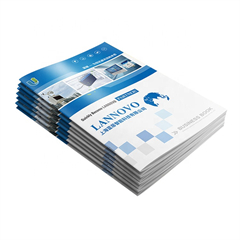
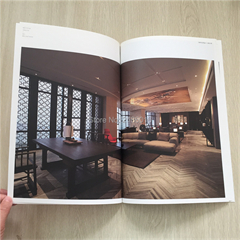
Glue/film
Lay a layer of transparent plastic film on the printed paper. There are crystal film, light film and matte film, which are called differently in many places and are not environmentally friendly. Definition: The processing technology of covering a plastic film on the surface of a printed matter and using an adhesive to bond it together after heating and pressing to form a printed matter of paper and plastic. (Cover a thin polyethylene film on the surface of the printed matter). Classification: two kinds of coated spectroscopic film and dumb film. Features: The surface of the light-coated product is bright and expressive, and it is mostly used for product printing; the surface of the product with matte film is non-reflective and elegant, and it is mostly used for image printing. Scope of application: For paper of more than 200g, if there are creases in the solid color part, the laminating process must be used. Note: Papers of less than 128 grams are easily rolled after being coated on one side with different surface tensions on both sides; the color saturation of the printed matter will slightly decrease after being coated with a matte film;
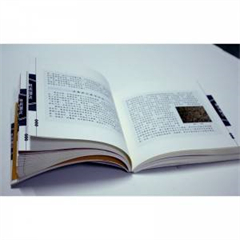
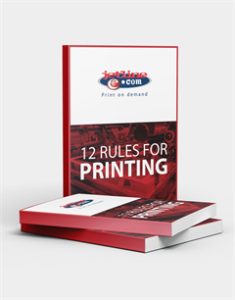
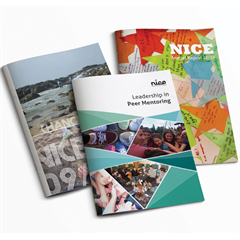
Pinhole
Also called needle thread and dental floss, it is to press a semi-connected line into the paper, which usually appears at the opening of the package.
Punch
It is to make a hole for a piece of paper or N pieces of paper according to the required size, and there is a special punching machine.
Flocking
It is to apply a layer of glue to the paper, and then paste a layer of material similar to fluff, so that the paper looks and feels a little fluffy.

